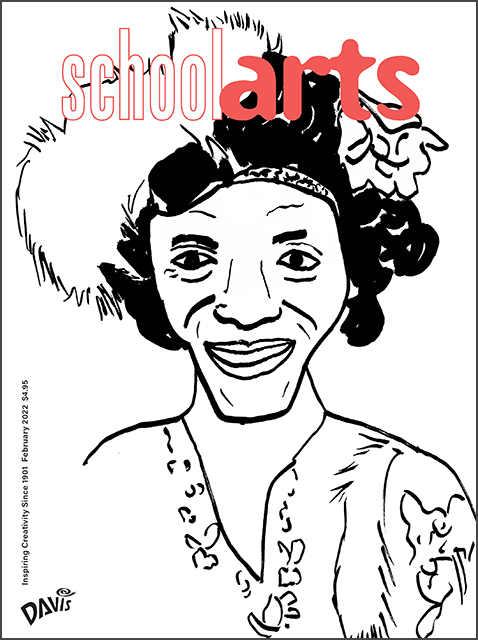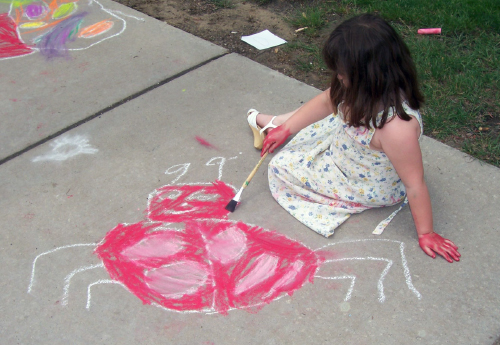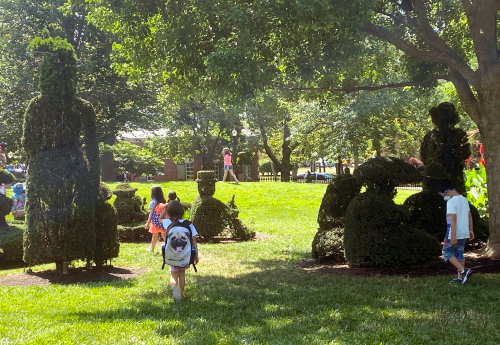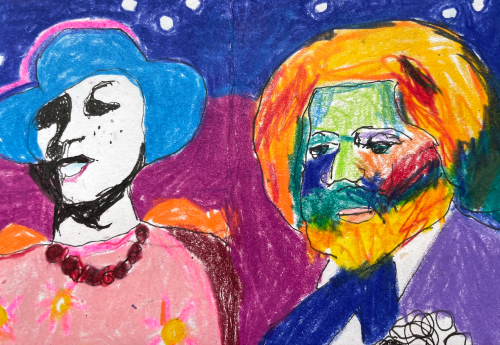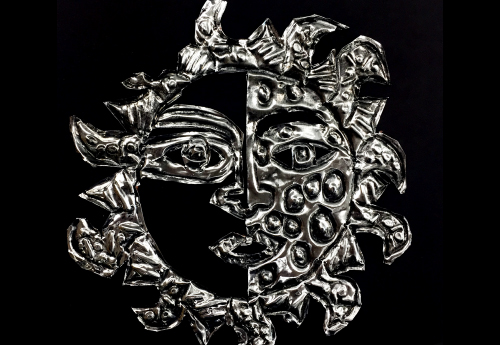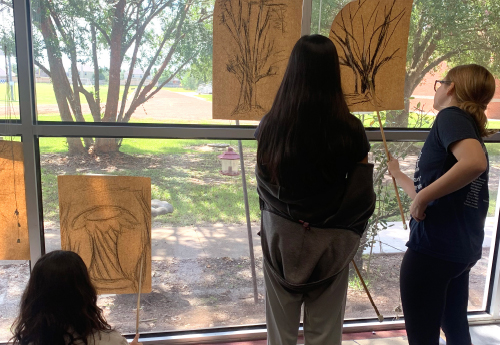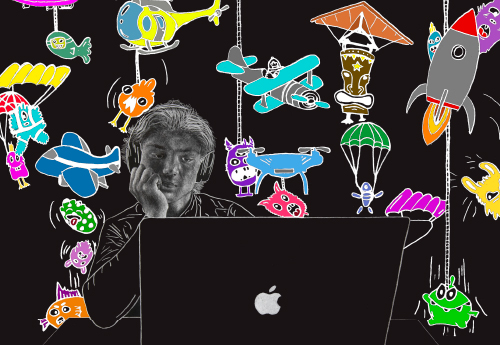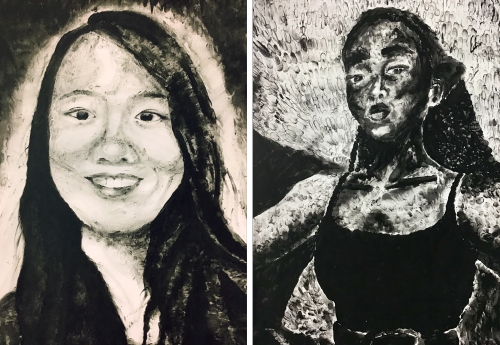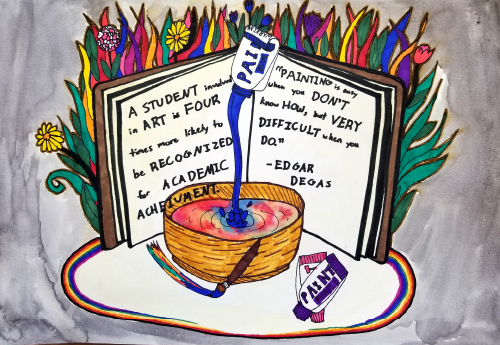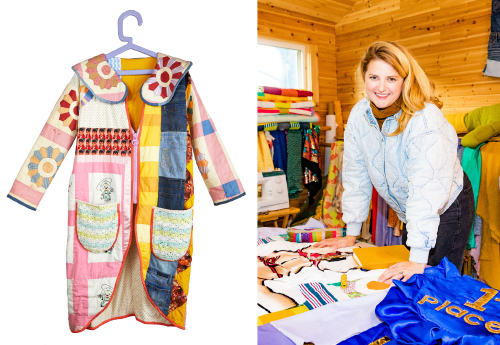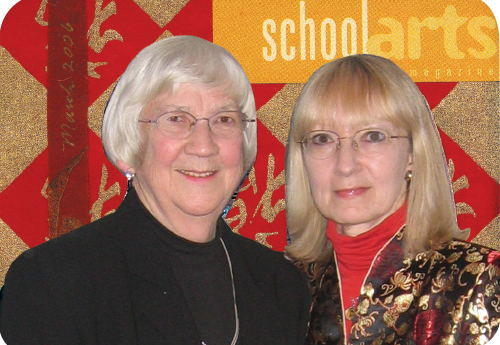
Editor’s Letter: Mark Making
Mark making is a universal experience, practiced by people across time and around the world. Whether marks appear as lines pressed into wet clay, crayon scribbles on a wall, drawings in sand with a stick, handprints etched or stamped into stone, or fingerprints on paper, they represent a common human impulse to leave evidence of their existence. This month, SchoolArts offers studio lessons that utilize unexpected mark-making materials.
Read Article
